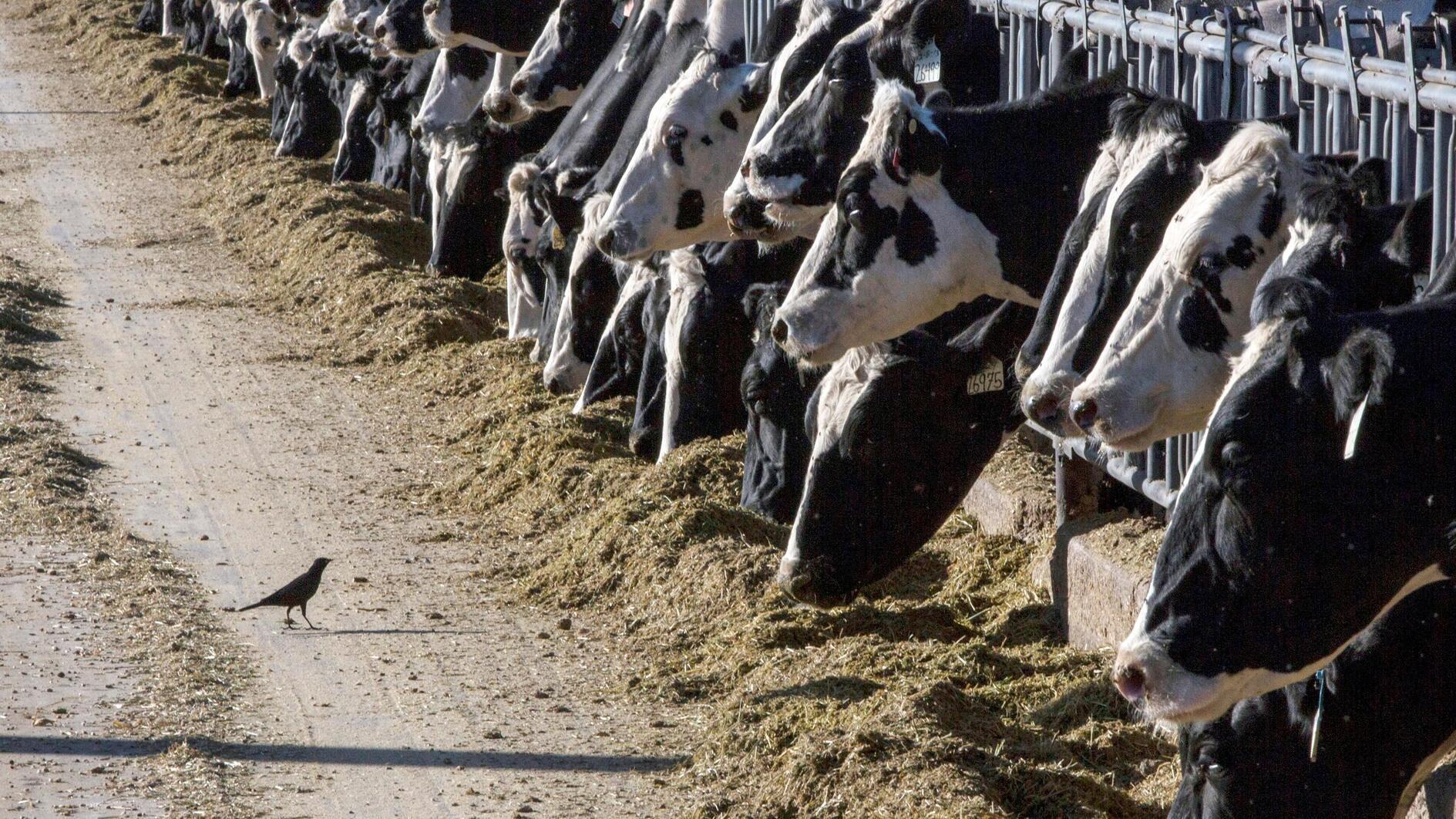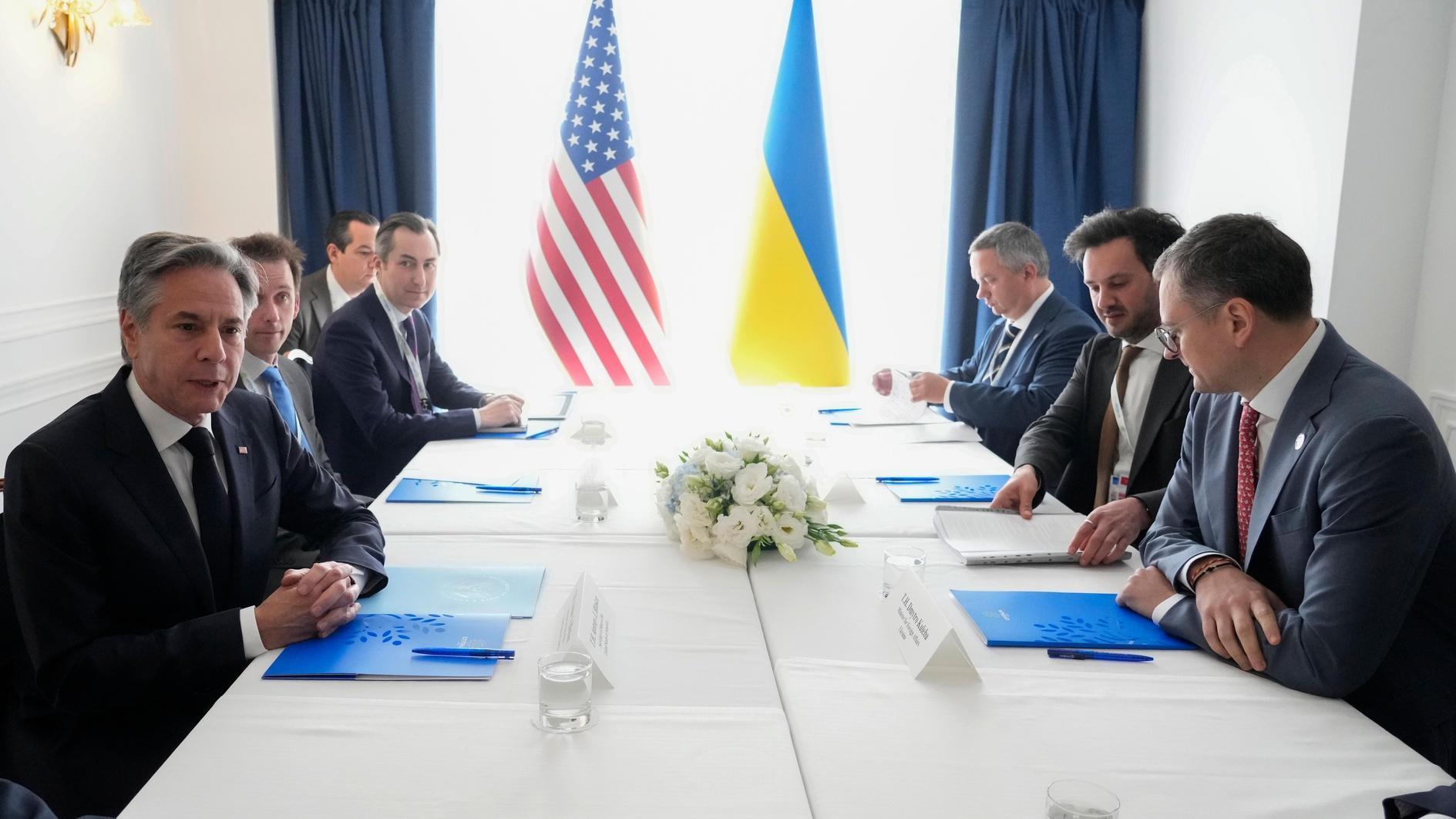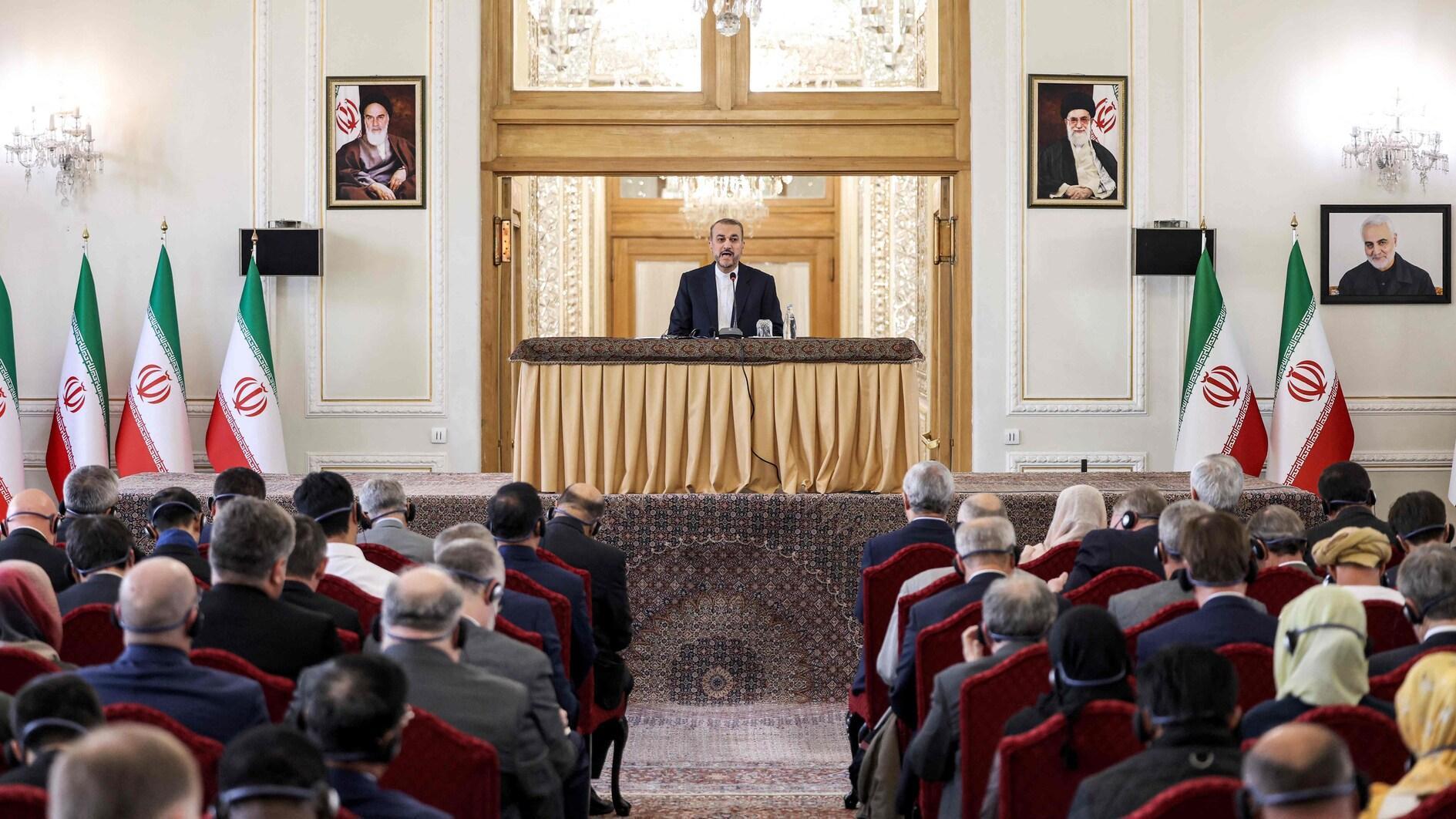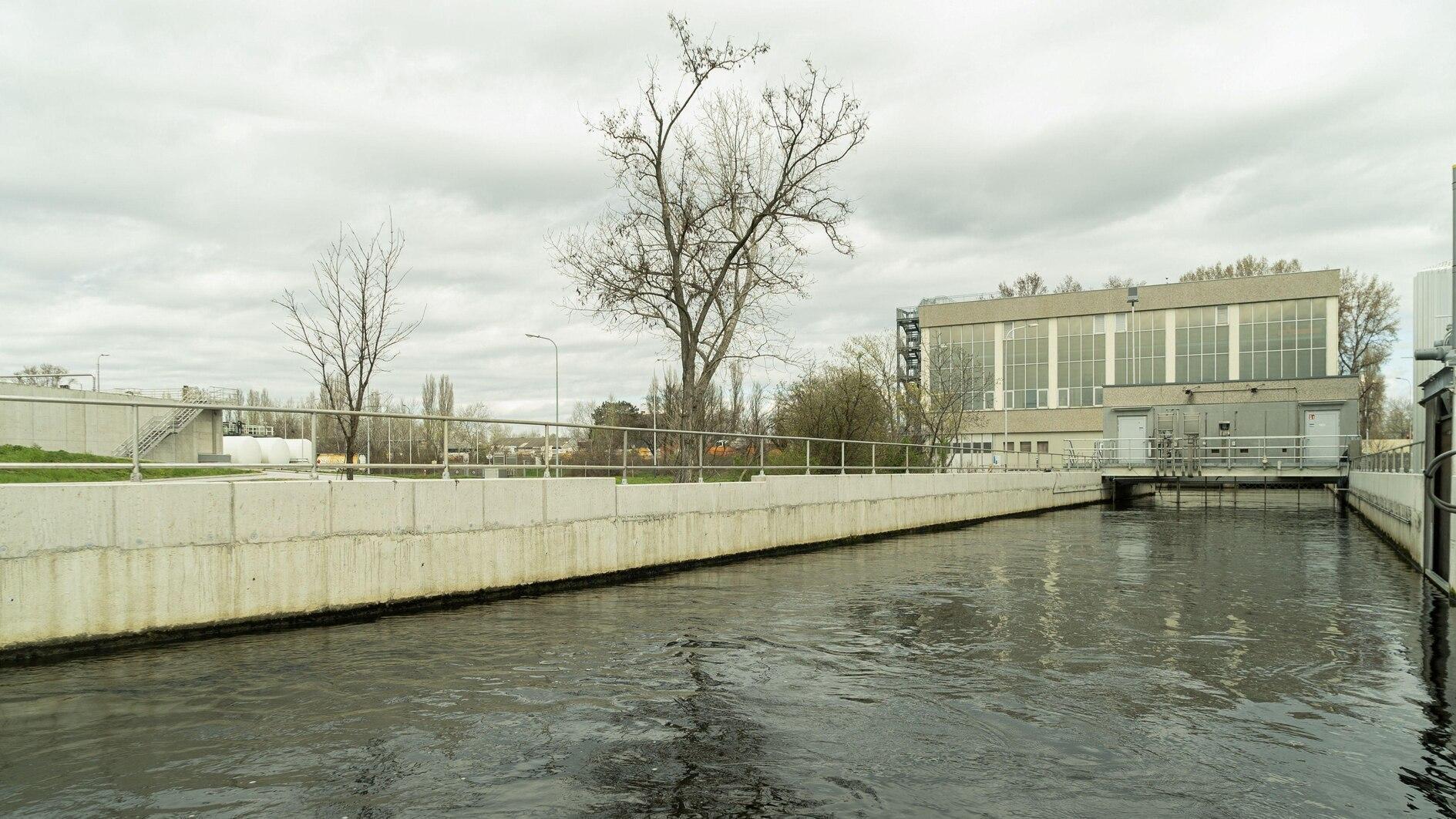A Window to the West: 150 Years of Galatasaray Lycée
ISTANBUL
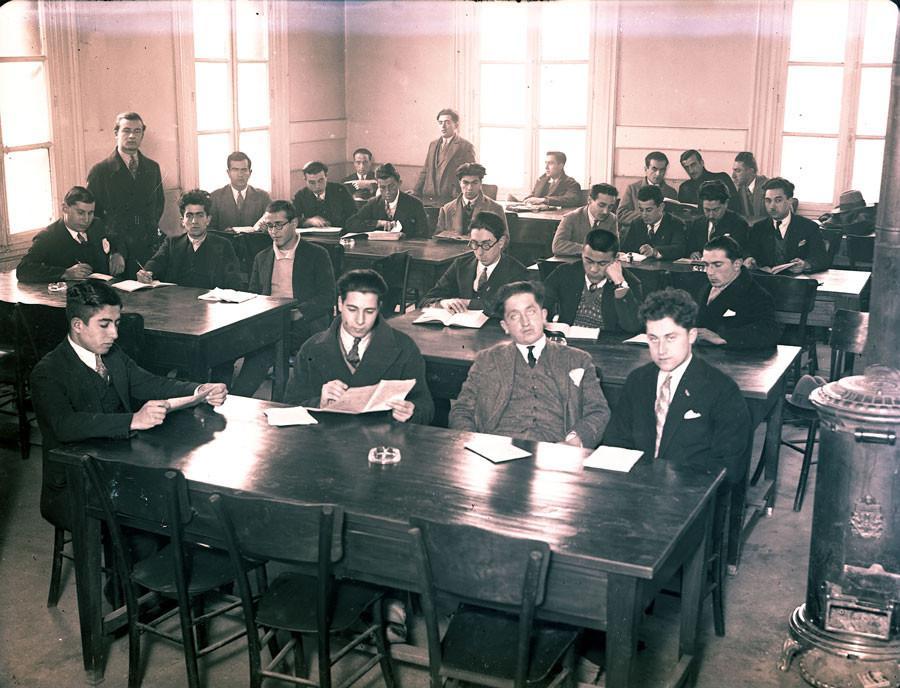
The Istanbul Research Institute’s new exhibition titled “A Window to the West: 150 Years of the Galatasaray Lycée 1868-2018” offers glimpses of Galatasaray High School’s efforts to train skilled, qualified individuals since 1868. The exhibition opened on Sept. 14 on the occasion of the school’s 150th anniversary.
Curated by İzzeddin Çalışlar, the exhibition brings together photographs, films, ephemera and objects documenting the school’s history from the Galatasaray University Culture and Art Center Collection and Galatasaray University Galatasaray High School Archive as well as private alumni collections.
The Galata Sarayı, registered in Istanbul’s records from the end of the 15th century onwards as a palace school, is the city’s only non-religious institution that has survived unchanged until the present day. Beginning with its founding myth based on the meeting of Bayezid II and Gül Baba, the building complex bore the very same name and in time lent it to the neighborhood evolving around it as well.
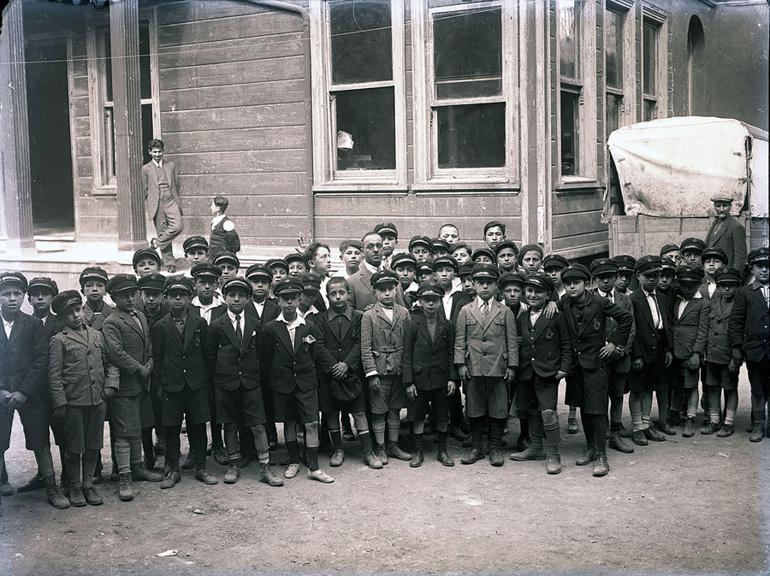
The Galata Sarayı complex, which was used to train qualified personnel for the Ottoman Palace and army throughout its history, became a pioneering military school, offering elementary school and medical education. It hosted innovative developments, such as a French curriculum and Western standards in education after the mid-19th century.
The Mekteb-i Sultani (Lycée Impérial Ottoman de Galata Seraï), took shape as a high-grade European middle-school through the close relations between Abdülaziz and the French Emperor Napoléon III, in a series of efforts formulated by Ali Pasha and Fuad Pasha, two influential Ottoman statesmen of the time.
One of the first secular institutions, offering equal rights of education to the diverse peoples of the Ottoman Empire, Galatasaray saw considerable interest after opening and formed a new tradition of education after its first class graduated in 1871.
From the years of the Crimean War and onwards, its policy of equality was important for the Ottoman Empire in responding to a principal European demand.
In the last 150 years, as the Mekteb-i Sultani in the final Ottoman years and as the Galatasaray High School from 1923 onwards—despite varying successes—the school became a symbolic institution and an elite identity for its students and alumni alike.
An identity of “being part of Galatasaray” was forged, thanks to the school’s choice of administrators from its own graduates, with the integration of sports to curriculum, its encouragement for institutionalized sports teams, the strong cooperation between the school and its alumni on an institutionalized basis, foundation of the primary school and the university answering the demand of seamless education life and the feeling of camaraderie that lasted for its graduates’ lives.
The exhibition catalogue of “A Window to the West” includes essays by curator Çalışlar, Emel Engin, Fethi İsfendiyaroğlu, Köksal Bayraktar, Seza Sinanlar Uslu, Tarkan Okçuoğlu, Vahdettin Engin, Yıldızhan Yayla and Zeynep Karacan.
“A Window to the West: 150 Years of the Galatasaray Lycée 1868-2018” will be on view at the Istanbul Research Institute through Feb. 23, 2019.
'School Square Galatasaray’ at Pera Museum
Another exhibition has also been organized due to the 150th anniversary of the school at Pera Museum.
“School Square Galatasaray” aims to gaze into the past from the vantage point of the present through artworks by 10 artists and groups that relate to the location, function, history and space of Galatasaray High School by means of painting, sculpture, installation, photography, video, sound and performance.
Curated by Çelenk Bafra, the exhibition brings together new productions by Antonio Cosentino, Barış Göktürk, biriken (Melis Tezkan, Okan Urun), Burak Delier, Elvan Alpay, Hasan Deniz, Hera Büyüktaşçıyan and Vahit Tuna along with Ali Kazma and Cemal Emden’s recent works.
The exhibition can be seen at the Pera Museum through Nov. 25.


